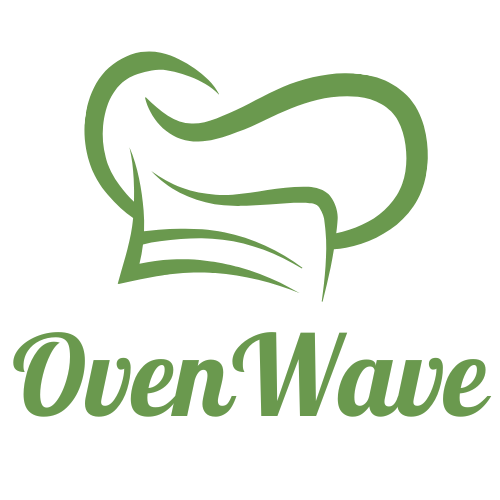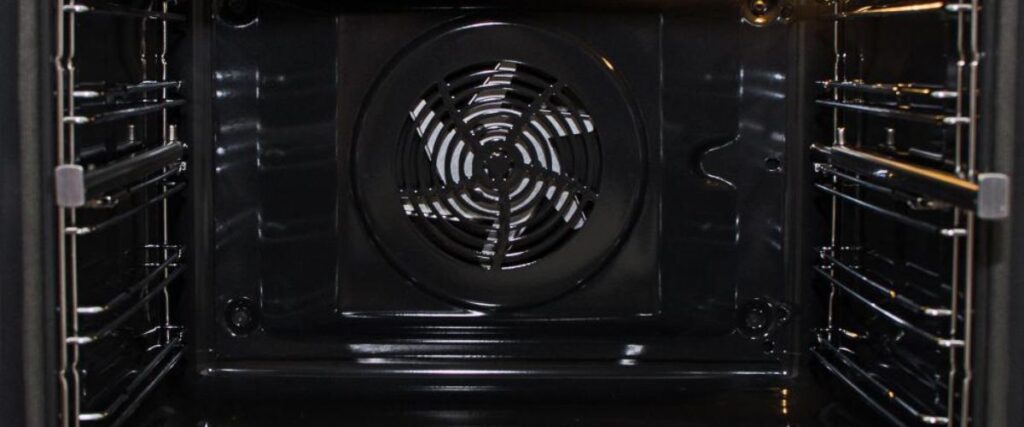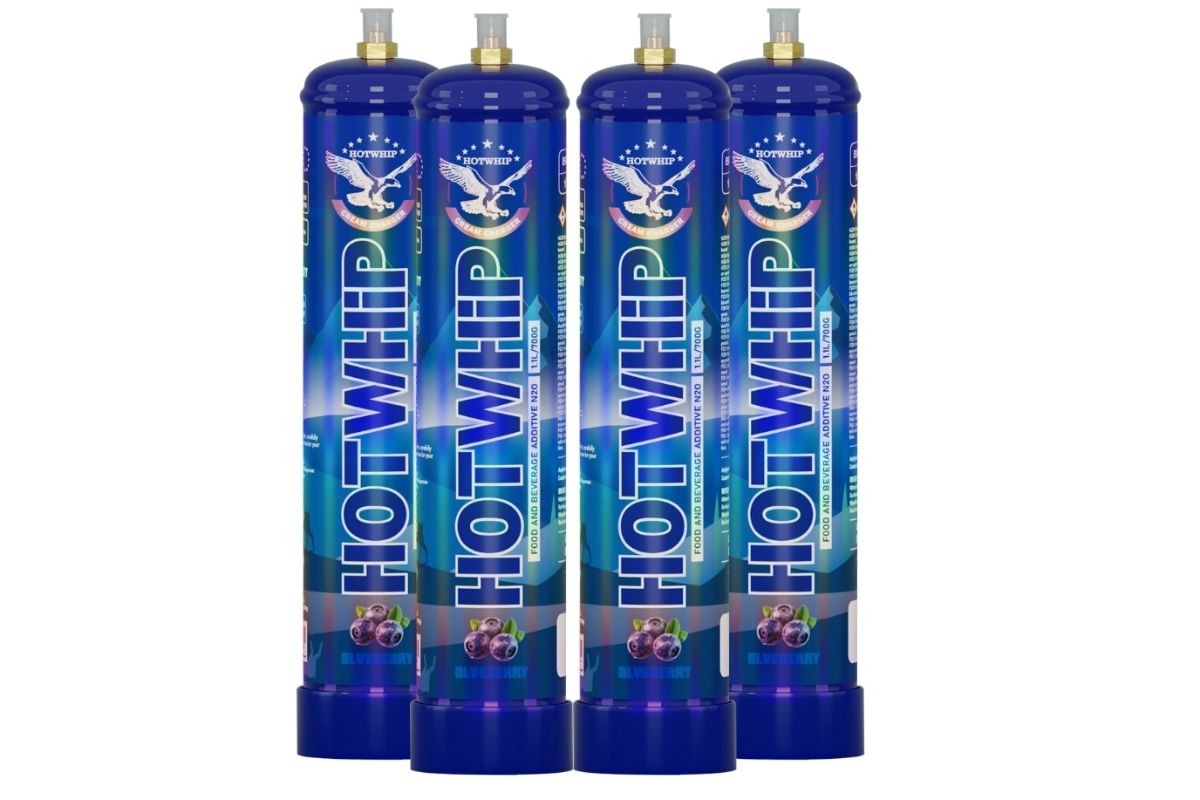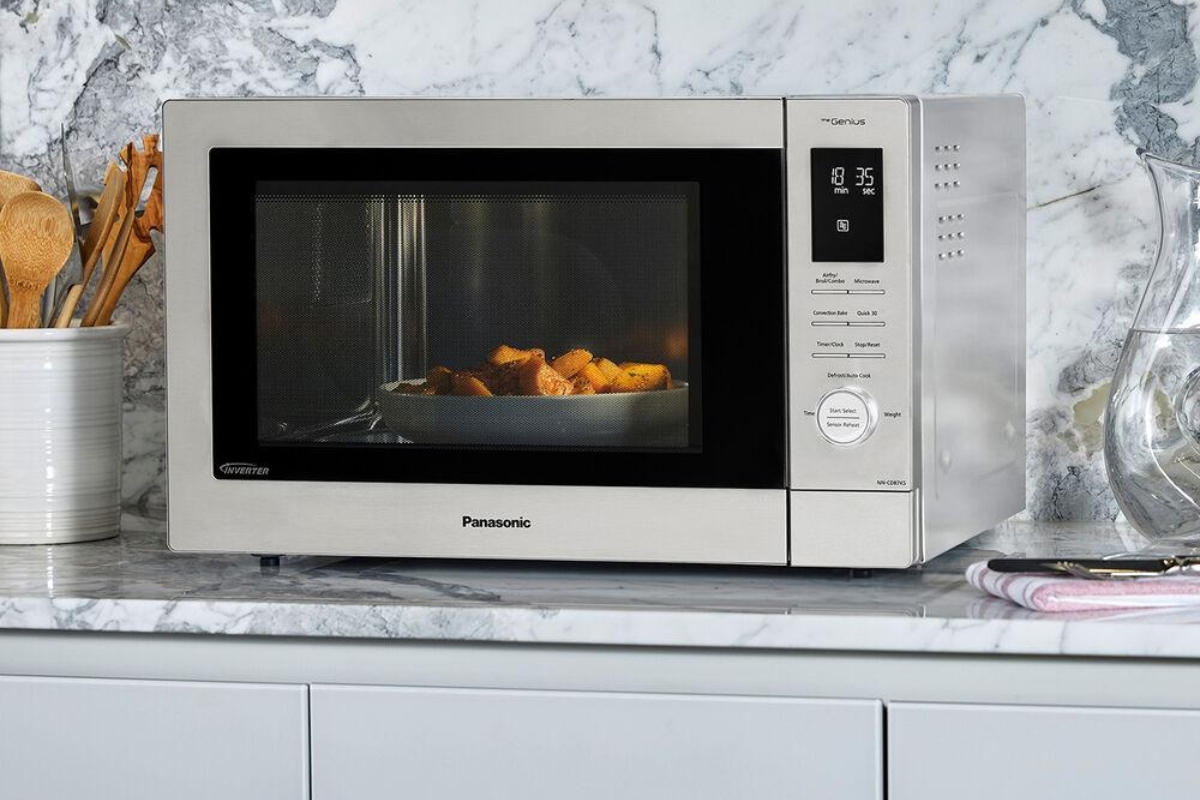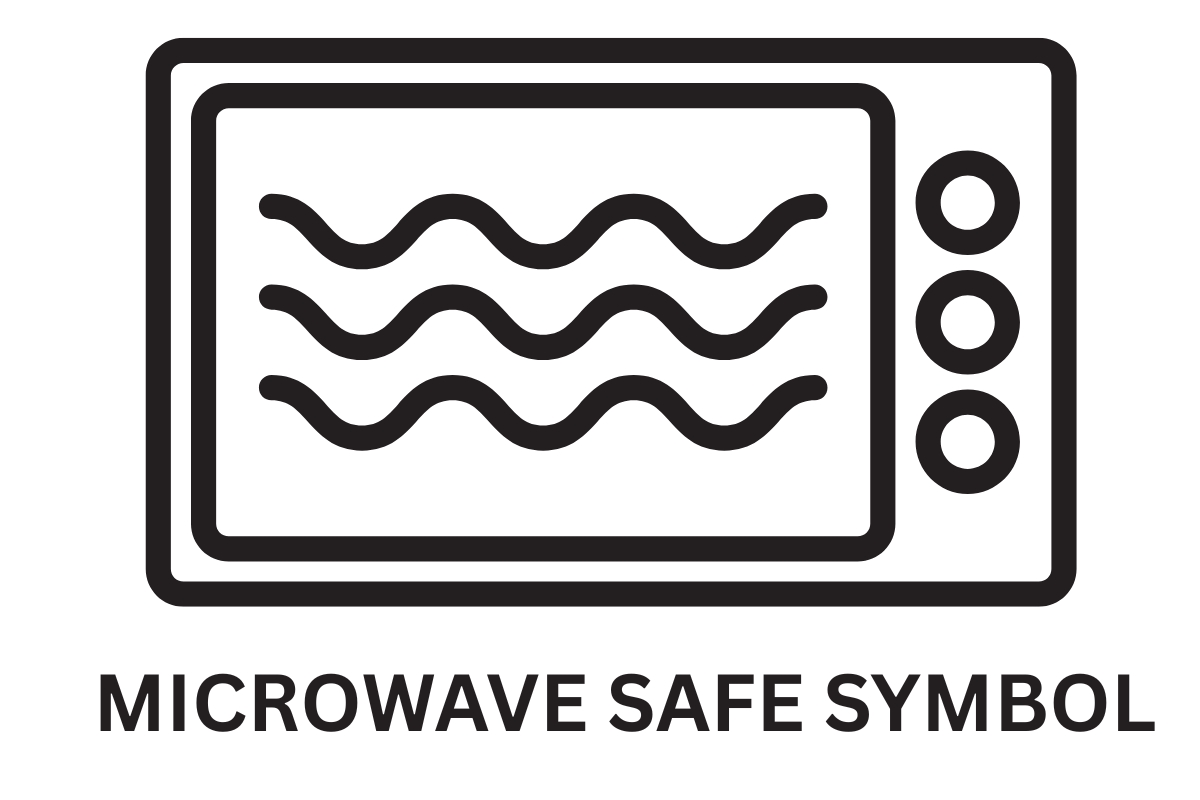A convection oven is a type of oven that uses a fan and exhaust system to circulate hot air around the food while it cooks. This constant airflow ensures that the heat is evenly distributed, allowing your food to cook faster and more evenly. Unlike a conventional oven, where heat rises from the bottom and top, a convection oven’s fan system creates a steady flow of air that envelops the food from all sides.
This method helps to avoid hot spots and ensures that food is cooked consistently, making it ideal for roasting, baking, and even broiling. The fan not only speeds up cooking times but also results in a crispy texture, especially for things like roasted meats or baked goods.
Table of Contents
ToggleWhy Choose a Convection Oven?
There are several advantages to choosing a convection oven over a conventional one. The most significant benefits are even cooking and faster cooking times. The constant airflow in a convection oven eliminates hot spots, leading to more consistent results. Foods like cookies or cakes come out with a crisp exterior and a moist, tender interior.
For roasting meats like chicken or turkey, a convection oven is ideal because the hot air circulates and ensures uniform browning while locking in the moisture. When baking, convection ovens promote even rise in baked goods and produce a fluffy texture with a golden crust. Additionally, a convection oven often cooks food about 25% faster than a conventional oven, making it perfect for busy home cooks.
How Convection Ovens Work
The Role of the Fan
The key feature of a convection oven is its fan. This fan circulates hot air around the food, helping it cook more quickly and evenly. When you use a convection oven, the hot air moves around the food, reaching all sides. This consistent circulation helps to prevent uneven cooking, which can be a problem in conventional ovens.
By distributing the heat evenly, the fan in a convection oven allows food to cook faster. For instance, a dish that might take an hour in a conventional oven could be done in about 45 minutes with the fan-assisted heat of a convection oven. This makes convection ovens a great choice for meals that need to be cooked in a timely manner, such as when you’re roasting vegetables or baking a quick batch of cookies.
Heat Distribution and Consistency
One of the main reasons convection ovens are preferred over conventional ovens is their ability to provide consistent heat distribution. In a conventional oven, heat tends to accumulate in certain areas, leaving parts of your food undercooked or overcooked. This happens because of uneven heat flow, and the food can often cook slower or unevenly as a result.
In a convection oven, the even heat circulation ensures that your food is exposed to a uniform temperature on all sides. This consistent heat results in better textures and flavors. For example, roast vegetables come out crisp on the outside while tender on the inside, and baked goods achieve a perfect rise and golden-brown finish. This uniform heat distribution makes convection ovens the go-to choice for anyone looking to improve their cooking and reduce cooking errors.
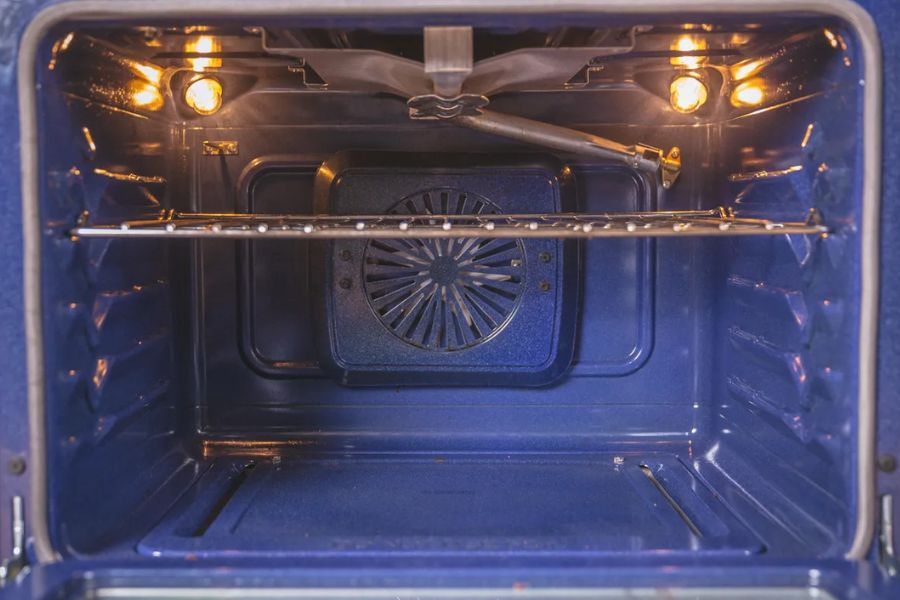
How to Use a Convection Oven for Better Cooking
When switching to a convection oven, you’ll need to adjust both the cooking time and the temperature for optimal results. As convection ovens circulate hot air, they cook food more efficiently than conventional ovens. The general guideline is to lower the temperature by 20°F (about 10°C) compared to the temperature used for conventional ovens. This is because the convection fan speeds up the cooking process by ensuring that heat is evenly distributed around the food.
For example, if a recipe calls for baking a cake at 350°F in a conventional oven, you should set the temperature to 330°F in a convection oven. This adjustment ensures the food cooks properly without overcooking or drying out due to the faster heat circulation.
Faster Cooking Times
One of the biggest advantages of using a convection oven is the reduced cooking time. Because the hot air circulates constantly, convection ovens can cook food much faster than conventional ovens. For instance, a roast chicken that would normally take an hour in a conventional oven could be ready in just 45 minutes in a convection oven.
This is especially beneficial for busy cooks who need to prepare meals quickly. In addition to meats, foods like cookies, bread, and vegetables also cook faster due to the efficient heat distribution.
When to Use Conventional vs. Convection Settings
Convection cooking is not always the best choice for every dish. While convection ovens are great for roasting, baking delicate items like cakes or soufflés can sometimes be better in a conventional oven. This is because convection fans can cause the batter to rise unevenly or lead to a crust that forms too quickly on some baked goods.
Here are some guidelines:
- Use convection for roasting meats and vegetables, as it creates a crispy skin and ensures even cooking.
- Use conventional settings for baking delicate goods like cakes, soufflés, or certain pastries, where even heat distribution is crucial.
Types of Foods That Benefit from Convection Cooking
Roasting Meats and Vegetables
Convection ovens excel at roasting meats and vegetables because the circulating air ensures a golden-brown finish and tender interior. The fan helps crisp up the exterior of meats like roast chicken and pork loin, while keeping the inside juicy and flavorful. Similarly, vegetables like potatoes, carrots, and brussels sprouts come out perfectly roasted, with a crispy exterior and soft interior.
For meats, using the convection setting allows for even browning and faster cooking, which helps lock in moisture and flavor. The same goes for root vegetables or any dish where crispy texture is desired.
Baking Goods with a Crisp Finish
When it comes to baking, convection heat is perfect for creating a crisp crust and evenly cooked interior. Cookies, pies, and pastries all benefit from the consistent heat in a convection oven. The fan ensures that the heat is evenly distributed, preventing uneven browning or undercooking in some areas.
For cookies, the circulating air helps them bake evenly, resulting in a crispy exterior and soft, chewy center. Pastries and pies also get a beautifully golden-brown crust with convection cooking.
Cooking Casseroles and One-Pan Dishes
One-pan meals and casseroles are perfect for the convection oven. The even heat distribution ensures that the food cooks thoroughly and evenly, without the need to stir or rotate the pan. This makes convection ovens ideal for dishes like lasagna, baked ziti, or any one-pan meal where all ingredients need to cook at the same time.
Convection ovens also prevent overcooking or drying out, ensuring that your casserole’s top is crispy while the inside remains moist and tender. The even air circulation ensures that every bite is perfectly cooked.
Convection Oven Tips for Better Cooking
Preheating Your Convection Oven
Preheating your convection oven is an essential step for consistent and accurate cooking. Unlike conventional ovens, convection ovens work by circulating hot air, which allows for even cooking and faster results. However, if the oven is not preheated, you risk uneven cooking because the hot air won’t be at the desired temperature when the food goes in.
Preheating a convection oven usually takes about 10-15 minutes, depending on the temperature you set. Most convection ovens beep or display a signal when they are fully preheated. It’s important to allow the oven to reach the correct temperature before placing your food inside. If you skip preheating, you may notice that the food doesn’t cook as evenly or take longer to bake than the recipe suggests.
Rack Positioning for Even Cooking
The position of the oven rack is crucial for achieving even cooking in a convection oven. Here’s how to get the best results for different types of cooking:
- Middle Rack: For baking cookies, cakes, and pastries, the middle rack is ideal. This position allows for even heat distribution, as the heat circulates all around the food.
- Lower Rack: When roasting meats or vegetables, the lower rack helps promote crispy skin and better caramelization. The heat from the fan will circulate from the bottom and evenly cook the food.
- Top Rack: For broiling or browning the tops of casseroles or baked dishes, place your pan on the top rack for direct heat.
By using the correct rack placement, you’ll ensure your food cooks more evenly, preventing uneven results.
Avoiding Overcrowding the Oven
Crowding the oven can seriously interfere with the air circulation in a convection oven. When the fan is blocked by too many items, the hot air can’t circulate properly, resulting in uneven cooking or longer cook times. It’s important to give each dish space to allow air to move freely around it.
If you’re cooking multiple trays or pans, make sure there’s at least an inch of space between each item. For larger meals, such as a roast chicken or a casserole, try using a larger pan to ensure proper heat circulation. Also, avoid stacking items too close together to maintain the efficiency of the convection process.
Common Mistakes to Avoid in a Convection Oven
Not Adjusting Cooking Times and Temperature
One of the most common mistakes with a convection oven is not adjusting the temperature or cooking time. Since convection ovens cook faster and more efficiently, it’s important to reduce both the temperature and cooking time from what a conventional oven would require.
Typically, you should reduce the temperature by 20°F (about 10°C) compared to conventional oven recipes. For example, if a recipe calls for baking at 350°F in a conventional oven, you should set your convection oven to 330°F. Ignoring these adjustments can lead to food that is overcooked or dried out.
Using Incorrect Cookware
The type of cookware you use in a convection oven matters. Certain pans, especially covered pans or tall cookware, can obstruct the airflow, reducing the effectiveness of the convection process. For the best results, use shallow pans and wide baking sheets that allow the hot air to circulate freely around the food.
Avoid using deep dishes or covered cookware unless the recipe specifically calls for it, as these can block the hot air from reaching the food evenly.
Opening the Oven Door Too Often
Opening the oven door too often is a common mistake that disrupts the hot air circulation, especially in a convection oven. Each time the door is opened, heat escapes, and the fan has to work harder to maintain the desired temperature. This can lead to uneven cooking and longer cooking times.
Only open the oven when absolutely necessary, such as to check for doneness or rotate your dish. If you need to open the door, try to do so quickly and minimize the time the door is open.
FAQs:
Can I bake cookies in a convection oven?
Yes, you can! Just reduce the baking temperature by 20°F and check for golden-brown edges to ensure they’re baked perfectly.
Does a convection oven cook faster than a conventional oven?
Yes, convection ovens cook about 25% faster because the fan circulates hot air, reducing cooking time.
What temperature should I set for convection baking?
Lower the recipe’s suggested temperature by 20°F. For example, if it calls for 350°F in a conventional oven, set your convection oven to 330°F.
Can I use any type of cookware in a convection oven?
No. Avoid tall or covered cookware as it blocks airflow. Use shallow, wide pans to allow hot air to circulate freely for even cooking.
How do I prevent food from burning in a convection oven?
To avoid burning, reduce cooking times, adjust temperatures (lower by 20°F), and avoid overcrowding the oven, which can interfere with air circulation.
